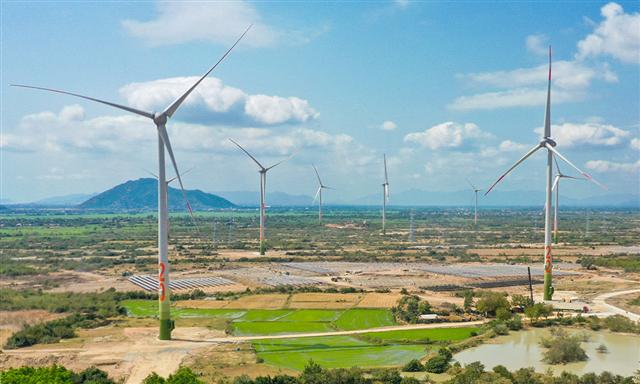Lao fish breeders struggle to stay afloat
Lao fish breeders struggle to stay afloat
Fish farm breeders in Vientiane are struggling to run their businesses due to several factors, leading some to leave the industry and explore other opportunities.
The first issue is unstable prices because of poor management and lack of coordination from the relevant sectors, the Lao Fish Farm Breeding Association Vice President, Mr Nhay Keomanyvong told Vientiane Times on Tuesday.
The price of tilapia at fish farm gates during Lao New Year (Pi Mai Lao) was around 18,000 kip a kg but from May onwards, the cost fell to 16,000 kip, he explained, which puts pressure on revenues.
At the same time, capital costs are increasing as in general most fingerlings and fish food needs to be imported from neighbouring countries.
Thirdly, farmers are hamstrung by high interest payments after taking out loans from the banks, Mr Nhay said.
Each year, farmers are also struggling with variable weather, particularly flooding and drought, causing the rivers to become muddy or water levels to fall.
Many fish die from a lack of oxygen when heavy rains cause muddy waters, or during periods of low water levels and high temperatures.
In the last few years, many fish farms in Vientiane who operate along the Mekong River were affected by flooding, so breeders are consequently raising less fish during the rainy season due to the risk, he explained.
“Normally, I release 3,000-4,000 fishes per net but this rainy season I am breeding only 2,500 fish in each net,” Mr Nhay said.
Another major problem for Lao breeders is cut throat competition from illegal foreign farms, especially in Vientiane.
For the past five years, Lao fish farmers have been forced to sell their fish for the same price as the Chinese operators, otherwise they would lose customers. Prices would rise when competition dropped off and then would fall when fish production soared.
The Chinese fish farmers can sell their fish for any price they chose because they have sufficient capital and can buy feed and fingerlings from China cheaply, Mr Nhay complained.
Some fish farms who run business along the Mekong River in Hadxaifong district, Vientiane have simply stopped breeding after running at a loss for several years.
To ensure Lao fish farmers can continue to stay in business, Mr Nhay called on the relevant government departments to put more effort into solving the problems they are facing.
The association is currently able to produce 18-22 tonnes of fish a day for supply to Vientiane markets, which exceeds local demand.
vientiane times
















